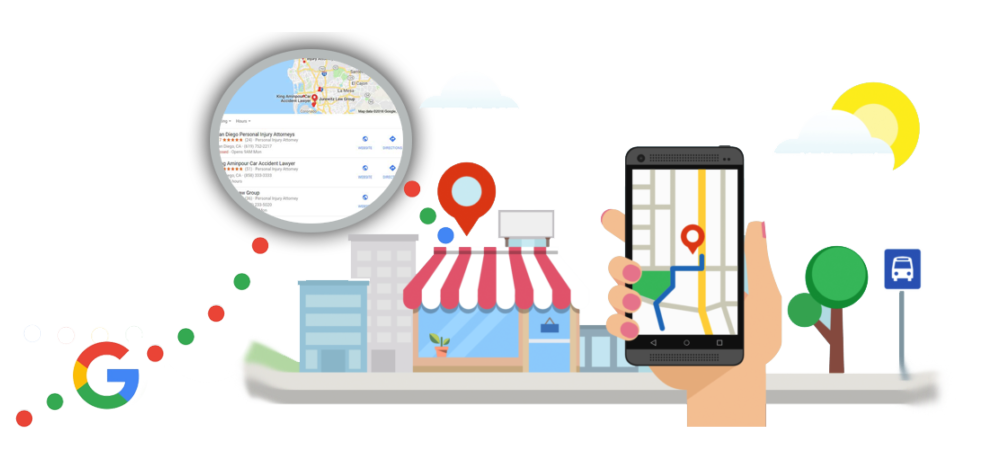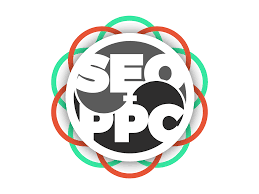In today’s digital age, having a strong online presence is crucial for the success of any business. With the increasing competition in the online marketplace, businesses in Vietnam need effective strategies to stand out from the crowd and attract customers. One such strategy that has proven to be indispensable is Search Engine Optimization (SEO). In this article, we will explore the importance of SEO in online business and why it should be an integral part of your digital marketing efforts.
I. Increased Online Visibility:
One of the primary reasons why SEO is important for online businesses in Vietnam is that it helps increase their online visibility. When users search for products or services related to your business on search engines like Google, SEO ensures that your website appears prominently in the search results. By optimizing your website with relevant keywords and other SEO techniques, you can attract more organic traffic and gain exposure to a wider audience. This increased visibility can lead to greater brand awareness, higher website traffic, and improved chances of acquiring new customers.

II. Targeted Traffic and Higher Conversion Rates:
SEO allows businesses to target specific keywords and phrases that are relevant to their products or services. By appearing in the search results for these keywords, you can attract highly targeted traffic to your website. This targeted traffic is more likely to be interested in what you have to offer, increasing the chances of converting them into customers. SEO helps you reach people who are actively searching for the products or services you provide, resulting in higher conversion rates. By optimizing your website’s content, user experience, and calls-to-action, you can further enhance the conversion potential of your SEO-driven traffic.
III. Cost-Effective Marketing:
Compared to traditional marketing methods like TV advertisements or print media, SEO is a cost-effective marketing strategy. While it requires an initial investment in terms of time and resources, the long-term benefits of SEO far outweigh the costs. Unlike paid advertising, where you have to continuously invest in campaigns, SEO can deliver ongoing results without additional costs. Once your website ranks well in the search results, you can enjoy a consistent stream of organic traffic without having to spend on advertisements. This cost-effectiveness makes SEO an attractive option for businesses in Vietnam, especially those with limited marketing budgets.
IV. Credibility and Trust:
When your website ranks high in search results, it instills a sense of credibility and trust in your target audience. Users tend to perceive websites that appear on the first page of search results as more trustworthy and reliable. By implementing SEO best practices and providing valuable content, you can build a strong online reputation and establish your business as an authority in your industry. This credibility can significantly impact the decision-making process of potential customers and help you gain their trust. When customers trust your brand, they are more likely to choose your products or services over your competitors.

V. Long-Term Results and Sustainable Growth:
Unlike other marketing strategies that may deliver short-term results, SEO is a long-term investment that can drive sustainable growth for your online business. By consistently optimizing your website and keeping up with the latest SEO trends, you can maintain your search rankings and continue attracting organic traffic. SEO allows you to build a strong foundation for your online presence and establish a sustainable source of leads and customers. Over time, as you gain more visibility and authority in the search results, your business can experience steady growth and establish a competitive advantage in the online marketplace. By focusing on long-term SEO strategies, you can create a solid framework for sustainable business success.
In conclusion, SEO plays a crucial role in the success of online businesses in Vietnam. It helps increase online visibility, attract targeted traffic, improve conversion rates, and build credibility and trust with your target audience. By investing in SEO, you can achieve long-term results, sustain growth, and stay ahead of the competition in the online marketplace. Make SEO an integral part of your digital marketing strategy and unlock the full potential of your online business.
Key Point Summary:

- SEO increases online visibility and helps businesses attract organic traffic.
- Targeted traffic from SEO leads to higher conversion rates.
- SEO is a cost-effective marketing strategy compared to traditional methods.
- High search rankings build credibility and trust with users.
- SEO delivers long-term results and sustainable growth for online businesses.
To learn more about how SEO can benefit your online business in Vietnam, contact our dedicated Vietnam team. We can support you in providing tailored SEO solutions to help businesses improve their online presence, increase visibility, and drive organic traffic. Reach out to us today to discuss your specific requirements and take your online business to new heights.




































